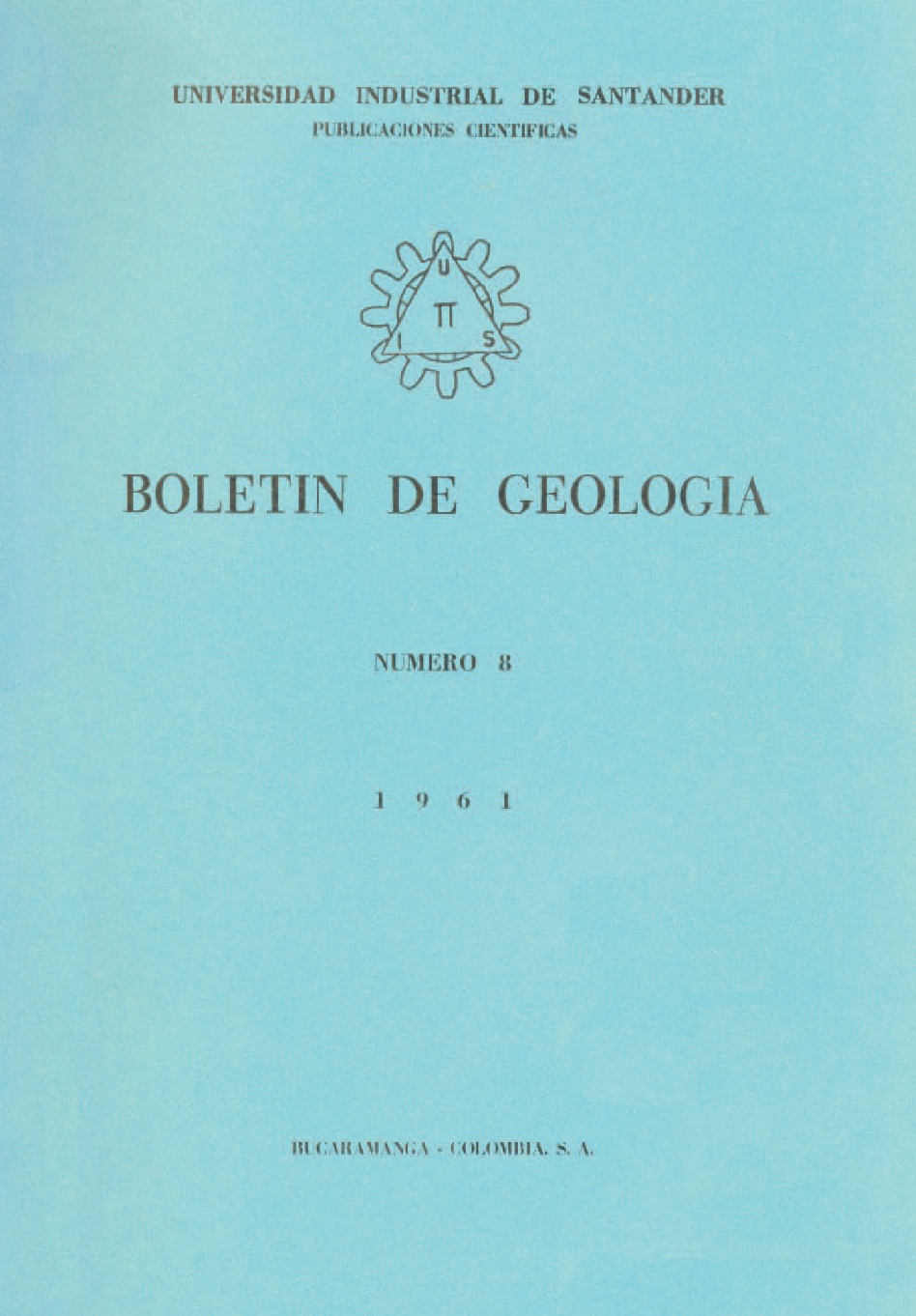El papel de la gravedad y la erosión en las estructuras del borde oriental de la Sabana de Bogotá
Published 1961-12-04
How to Cite
Abstract
The eastern border of the Sabana de Bogotá is formed by an anticline with a N-S trend, the Bogotá-Usaquén anticline, the flanks of which are constituted by the Upper Guadalupe, and in the core of which the Lower Guadalupe is exposed. The stratigraphy of the Upper Guadalupe is described and the lithologic terms used are discussed. According with tectonics, one attention is drawn to the reversals which occur along a large part of the western flank of the Bogotá-Usaquén anticline. These reversals are of two types: total reversal of the whole flank, or reversal of only the upper beds of the flank, which separate from the lower ones and take on an attitude of reversal whereas the lower beds retain their normal position. The latter type of reversals are gravitational phenomena of the collapse structures type, and owe their origin principally to the slipping, according to dip, of a well stratified silico-argillaceous horizon interstratified with the sandstones of the Upper Guadalupe. This process is apparent owing to the fact that erosion has left this plastic horizon in a very exposed position. In the case of total reversals, it is not at present possible to define the influence exerted by gravity, but at least it can be affirmed that the final stages in formation of the Bogotá-Usaquén anticline took place when said anticline had already had most of its crest eroded so that each of its flanks could act with a certain degree of independence from each other.
